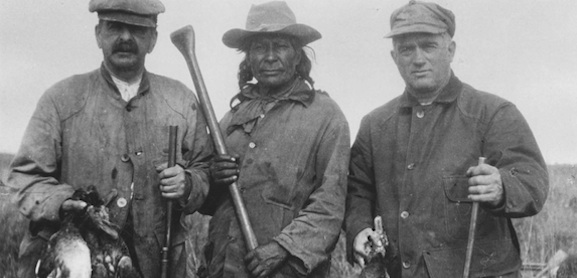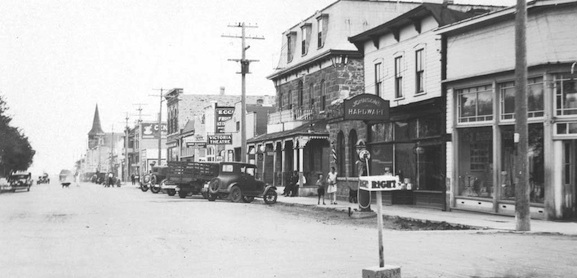History
The “Garden of Manitoba” is the term that has often been used to describe the region between the Souris River and the Turtle Mountains in which Boissevain and Morton municipality are located. Eons ago, as the Lake Souris glacier retreated northward it left behind a sand loam which is well suited to dry land type farming.
Sometime in the late 1500s, long after the glacier had receded, the first inhabitants of the area were the Assiniboine First Nation tribe. Their habitation has been documented by the many artifacts discovered in this area in recent years. The first white explorers arrived in 1738 and Alexander Henry (1806). The arrival of these explorers ultimately led to the further exploration and investigation of this region.
Between 1873 and 1875 the Boundary Commission marked the international boundary. The trail they made was followed by a trickle of settlers coming west from Ontario who were looking for good land, good water and wood. In 1881 the first of several parties from Britain arrived in the area, not waiting for the railroad which was slowly extended to Boissevain by 1885.
Originally called Cherry Creek, the name was changed in 1889 to Boissevain in honour of the Dutch financier Adolphe Boissevain whose banking firm introduced CPR shares for sale in Europe to increase the speed of the building of the railway. The motto on the Boissevain family crest now adopted by the town reads “No fear of the future nor regrets of the past”. Boissevain was incorparted as a town in 1906.
The rural area around Boissevain is called Morton Municipality. It took its name from an early settler, George Morton. He was an energetic entrepreneur who built a store and grain warehouse in the area, which were only two of his many business ventures.

